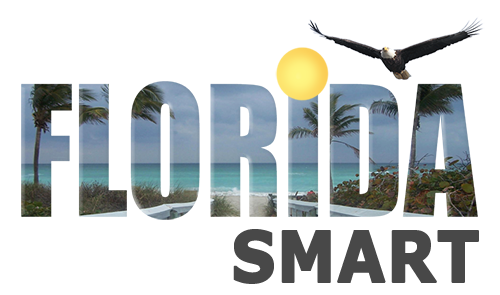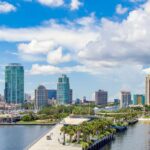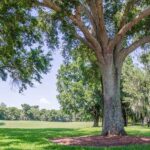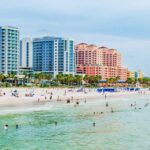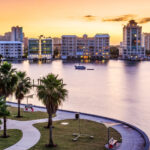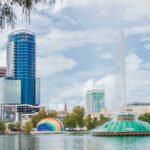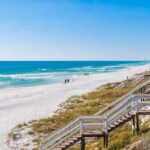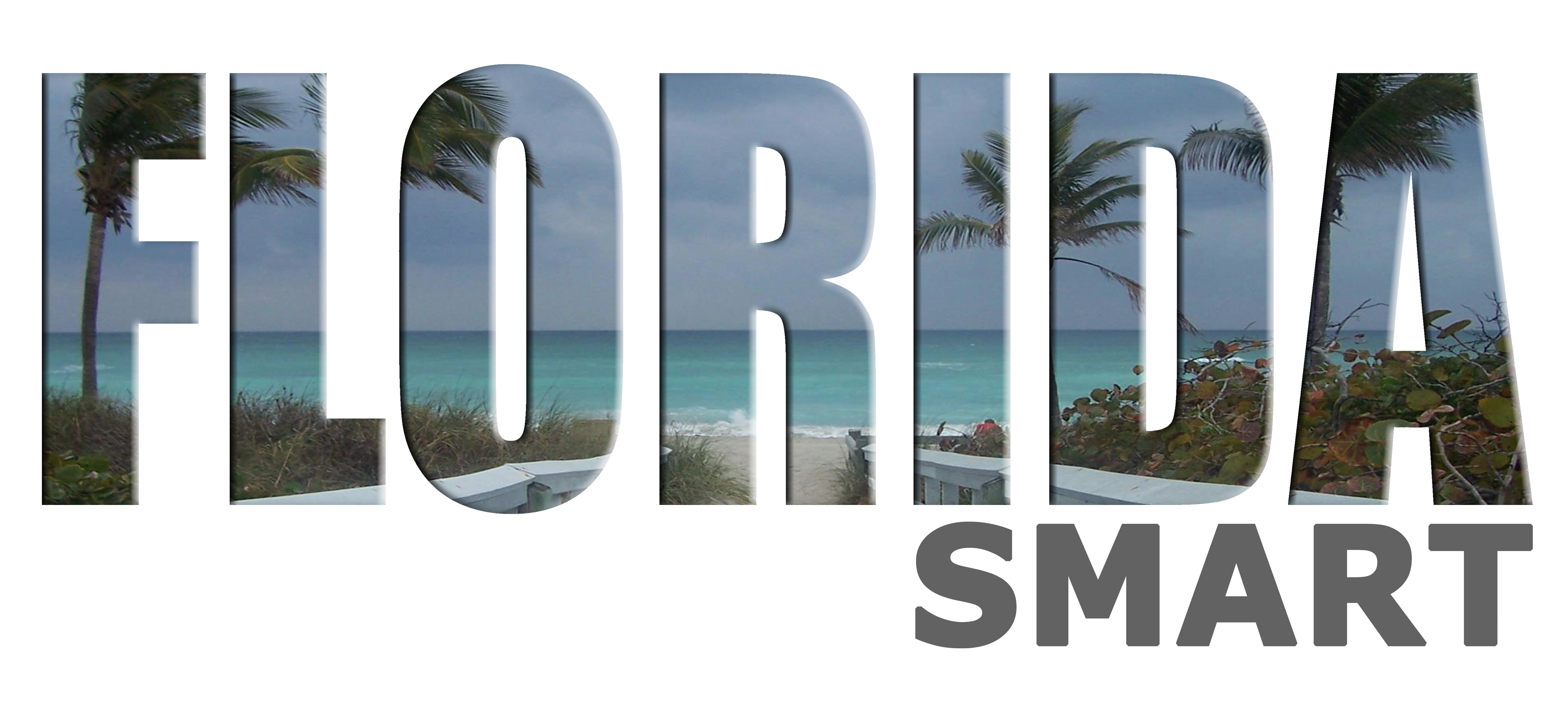Florida Estuaries are productive ecosystems that are essential for the habitats of birds, fish and crustaceans. Estuaries are partially enclosed areas of water where fresh and saltwater meet and mix and the salinity is lower (constantly changing and is different in various places) than that of the Atlantic Ocean or the Gulf of Mexico. Florida is abundant in these estuaries that are found in our Marshes, Mangroves, Lagoons and Bays.
Estuaries are an important part of Florida’s ecosystem. As rivers and streams drain into estuaries, they bring nutrients the plants and animals need to survive. More than 95% of Florida’s recreationally and commercially important fishes, crustaceans, and shellfish spend periods of their lives in estuaries, usually when they are young. (source: TBEP) “Without estuaries, many important fisheries would disappear. Snook, trout, mullet, grouper, redfish, sheepshead, spiny lobster, shrimp, crabs, oysters, and clams are examples of the diverse marine animals dependent upon healthy estuaries. Estuaries also provide roosting and nesting areas, or rookeries, for many birds, including several endangered and protected species, such as brown pelicans.”
Apalachicola Bay
Located in the Florida panhandle, the Apalachicola National Estuarine Research Reserve protects the Apalachicola Bay system. This includes the Apalachicola Bay, River, adjacent lands, floodplains and a few barrier islands within its 246,000 acres. The reserve maintains a nature center, hiking trails, paddling and birding. The Bay sits between Apalachicola and St. George Island.
Charlotte Bay Estuary
Charlotte Bay is the second largest bay in Florida on the Gulf of Mexico along Florida’s west coast. The Estuary spans over 12,000 square kilometers and includes the Charlotte Harbor Aquatic Preserves with five contiguous aquatic preserves including salt marshes, mangroves, seagrass, oyster and tidal flats. It’s large watershed includes Charlotte Harbor, Peace River, Caloosahatchee River, Myakka River basin.
Clam Bayou Estuary
Clam Bayou Estuary is located on the West Coast of Florida between Gulfport, St. Petersburg and Boca Ciega Bay. The 170 acre esturary includes the Clam Bayou Nature Park and Nature Preserve with canoeing, kayaking, observation decks.
Guana Tolomato Matanzas National Estuarine Research Reserve
Guana Tolomato Matanzas National Estuarine Research Reserve is located along St. Johns and Flagler Counties in Florida’s northeast Atlantic Coast. With over 73,000 acres of pine flatwoods, hammock, mangroves, lagoons and some of Florida’s tallest dunes, this beautiful stretch of natural Florida coastland is home to sea turtles, gopher tortoises, river otters, dolphins, manatees, and even the endangered North Atlantic right whale along with numerous birds and native species. Includes an Environmental Education Center, hiking and biking trails, fishing, kayaking and canoeing, horseback riding, bird and nature viewing.
Tampa Bay Estuary
Tampa Bay is Florida’s largest open-water estuary spanning over 400 square miles with a watershed that covers portions of five Florida counties including Hillsborough, Manatee and Pinellas counties. The bay’s freshwater is distributed from over 100 small tributaries, with Hillsborough River being the largest source. The large bay averages only 12 feet depth making it a haven for a variety of wildlife.
Tampa Bay is designated an Estuary of National Significance by the U.S. Environmental Protection Agency and contains two national wildlife refuges, Pinellas National Wildlife Refuge and Egmont Key Refuge.
Boating, fishing, hiking and birding are popular activities. Nesting Turtles and Manatee viewing is popular at specific times of the year.
Rookery Bay National Estuarine Research Reserve
Rookery Bay National Estuarine Research Reserve is located at the northern end of the Ten Thousand Islands on the Gulf of Mexico at the western edge of the Everglades. This 110,000 acre Mangrove Estuary is a rare undisturbed ecosystem that includes Florida nature at it’s most natural with mangroves, marshes and Rookery Bay. Includes an Environmental Learning Center with research labs and classrooms for the Coastal Training Program and hands on education, a nature store, art gallery, tours, kayaking and paddling.
Indian River Lagoon
Indian River Lagoon is one of Florida’s most biodiverse estuaries that includes three lagoons, five state parks and four federal wildlife refuges along with a national seashore.
